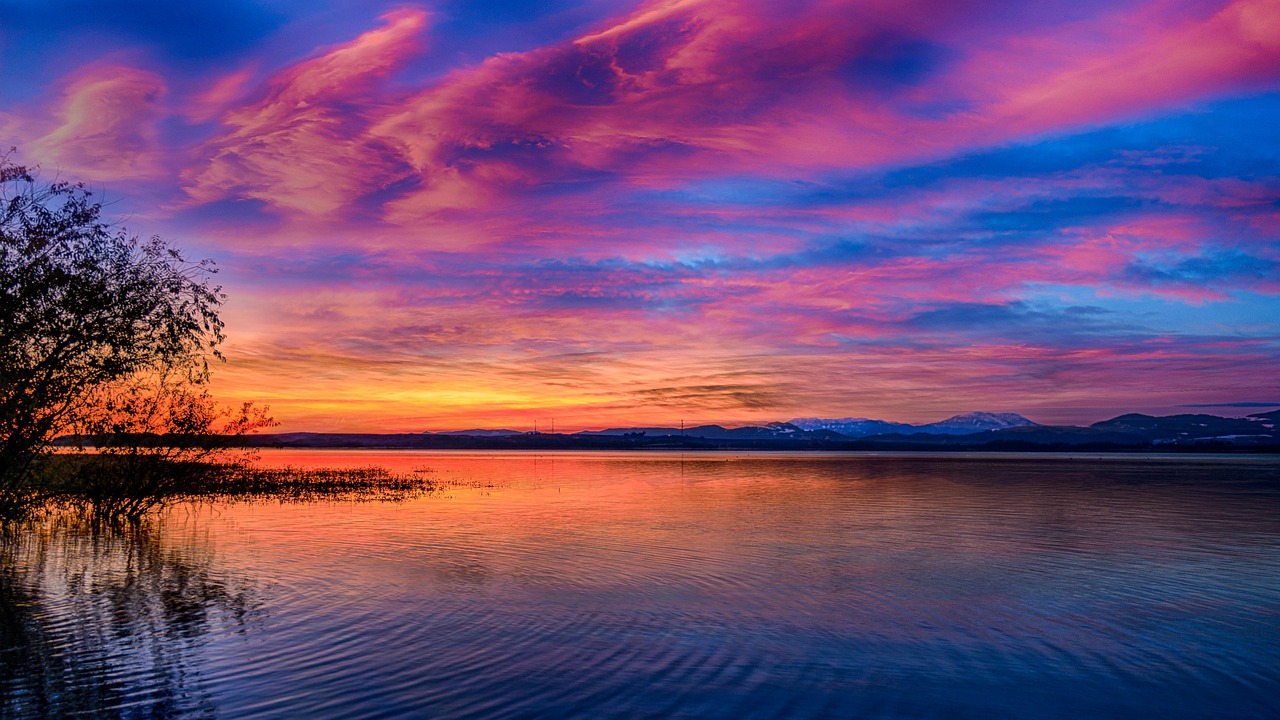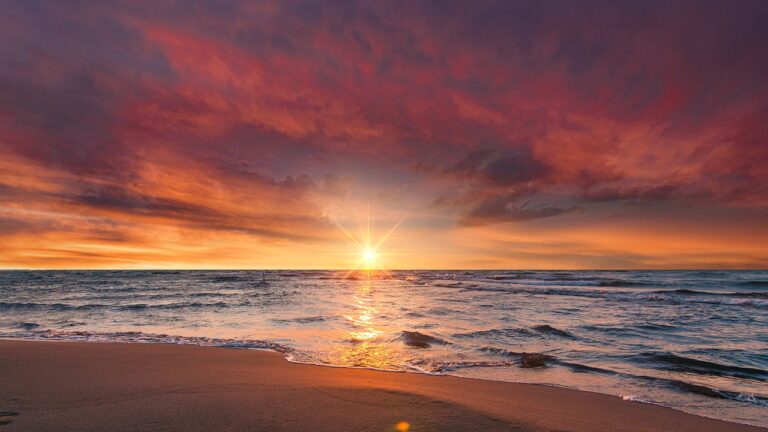Exploring Coastal Conservation Areas: Marine Reserves, Coral Reefs, and Mangrove Swamps
Coastal conservation areas play a critical role in safeguarding the delicate balance of marine ecosystems. These designated areas serve as essential habitats for a diverse array of marine species, providing them with protection and support for their survival. By preserving these coastal regions, we are not only protecting the biodiversity within them, but also ensuring the sustainability of our oceans for future generations.
Through the establishment of coastal conservation areas, we are able to mitigate the impacts of human activities such as overfishing, pollution, and habitat destruction. These protected zones allow for natural processes to occur uninterrupted, enabling marine life to thrive and ecosystems to remain healthy and resilient. By recognizing the significance of these conservation areas, we can work towards achieving a harmonious coexistence between human activities and the preservation of our precious marine environments.
Importance of Protecting Marine Ecosystems
Protecting marine ecosystems is crucial in maintaining the balance of our planet’s biodiversity. These ecosystems support a wide array of marine species, from microscopic phytoplankton to large marine mammals like whales and dolphins. By safeguarding these habitats, we are not only ensuring the survival of these species but also preserving the intricate web of interactions that sustain life in the ocean.
Moreover, marine ecosystems play a vital role in regulating our climate and providing essential services to human populations. Coral reefs, for example, act as natural barriers against coastal erosion and storm surges, protecting coastal communities from the destructive forces of extreme weather events. Additionally, these ecosystems also support fisheries, tourism, and other industries that rely on healthy oceans for their continued prosperity. By protecting marine ecosystems, we are securing these valuable resources for current and future generations.
What are some examples of coastal conservation areas?
Some examples of coastal conservation areas include marine protected areas, coral reefs, mangrove forests, and seagrass meadows.
Why is it important to protect marine ecosystems?
Protecting marine ecosystems is important because they provide food and habitat for a wide variety of marine species, help regulate the Earth’s climate, and support local economies through activities such as fishing and tourism.
How can individuals help protect marine ecosystems?
Individuals can help protect marine ecosystems by reducing their use of single-use plastics, supporting sustainable seafood options, participating in beach clean-ups, and advocating for policies that protect marine habitats.
What are some potential consequences of not protecting marine ecosystems?
Failure to protect marine ecosystems can lead to the loss of biodiversity, decline in fish populations, disruption of oceanic food chains, and increased vulnerability to the impacts of climate change such as sea level rise and ocean acidification.
How do marine ecosystems contribute to the overall health of the planet?
Marine ecosystems play a crucial role in maintaining the health of the planet by absorbing carbon dioxide, producing oxygen, regulating the climate, and supporting the livelihoods of millions of people around the world.





